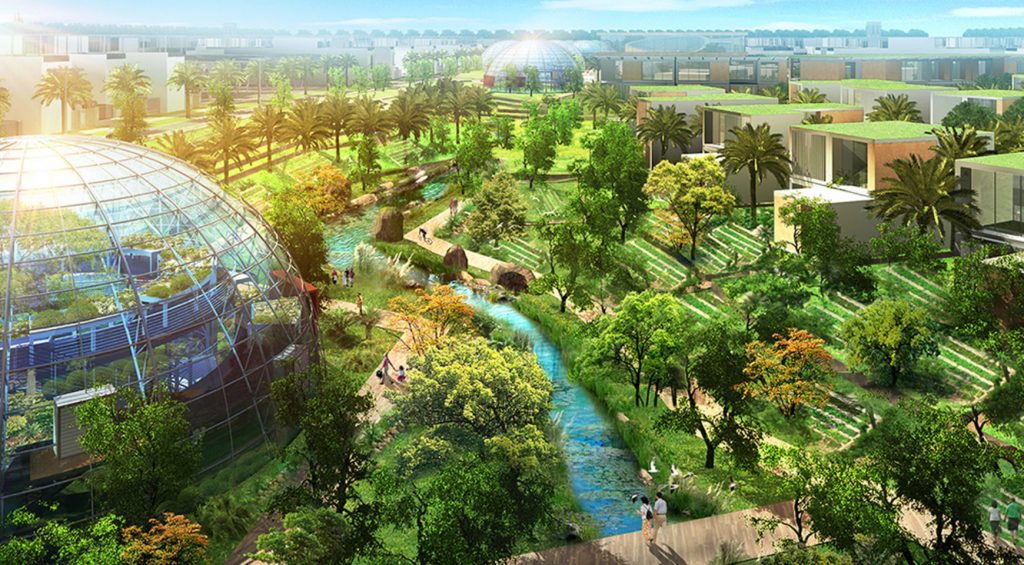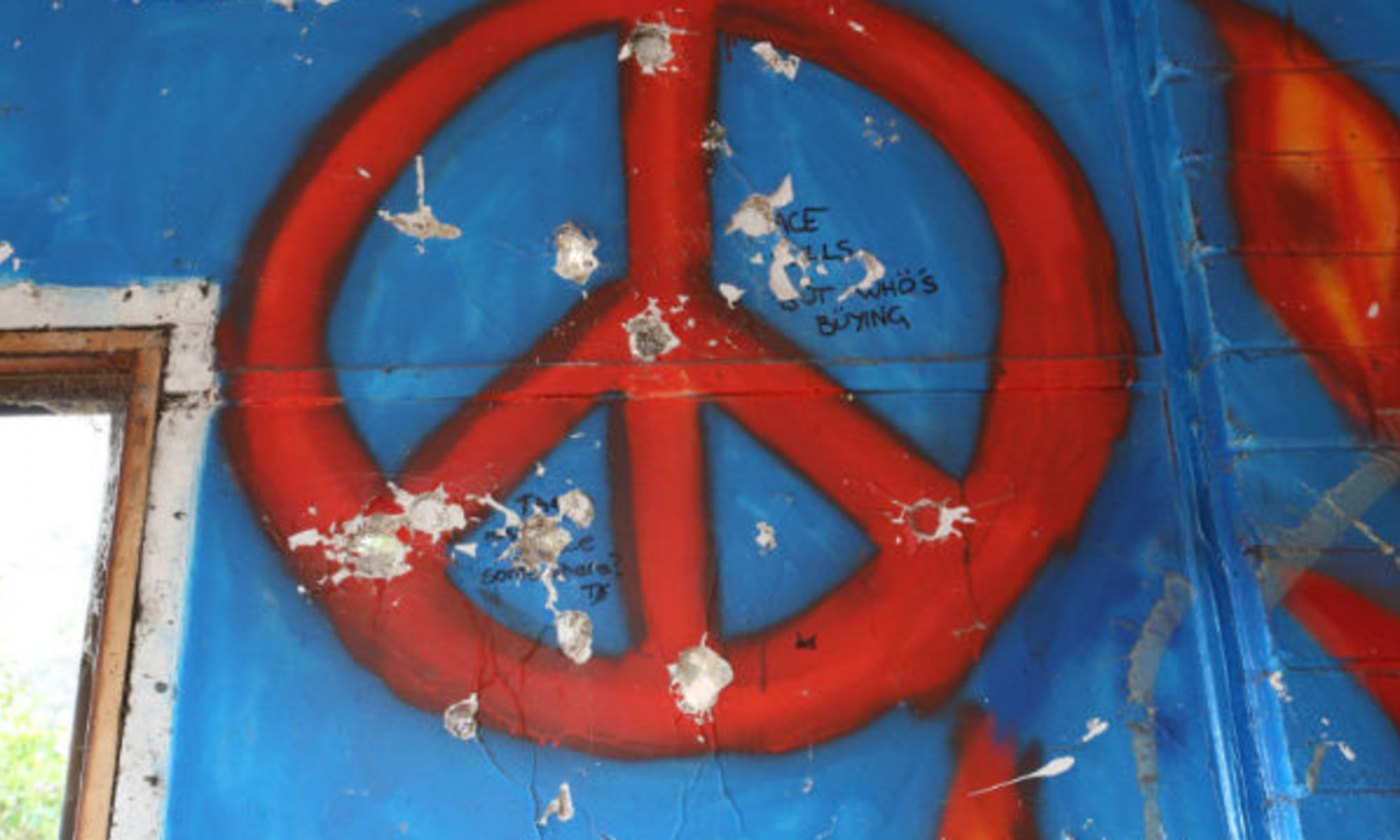By Sarah Inskeep

One of the most interesting talks last week was on the geography of peacebuilding. What is the role of place in the perpetuation or resolution of conflict? Certainly, it’s important to try to establish ‘neutral’ spaces where all parties involved feel safe in order for negotiation to occur. In mediation classes, teachers will sometimes talk about the importance of making a room comfortable and welcoming — maybe having a vase of flowers, and windows with a good amount of light. How, though, do these ideas extend to the bigger scale?
After our session with Guntram Herb, I found myself thinking that maybe in our effort to understand societal structures of violence and conflict, we might sometimes overlook how physical structures play a role in our communities. I’m not necessarily referring to the presence or absence of certain facilities, though that certainly plays a part. What interests me more is how the way things are built and designed can change the way people feel about a space.
It’s worth noting that I’m writing this from Mount Madonna Conference Center. Upon arriving here, I took a walk quietly around the property and found a spot to sit for a while beneath a large tree on a hill, overlooking the shop and the cafe. After a short while, a woman walked up the hill to join me. We smiled to one another.
“It’s so peaceful, isn’t it?” she said quietly, sitting on the bench across from me. We enjoyed the silence there together for a while, and I wondered how valuable it might be to have more peaceful places that are accessible to people of all backgrounds. I have been lucky to live in several such places, and have found that they serve as excellent catalysts for processing difficult emotions! In contrast to our daily lives, there is time to step back from the fray and ask oneself what is really going on. There’s time to prioritize, and also time to simply be.
A key part of these places, for me at least, is their closeness to some aspect of nature, be it a forest or mountains or open prairies or seas. This isn’t to say, though, that such places can’t be created in our cities. Projects like green roofs and community urban gardening lead me to think that, with a bit of creativity, we could find ways to create cities that are more sustainable and feel more peaceful. Not only that, we could create cities with spaces for healing, for celebration, for remembering those who have passed away.
I know there are many challenges to changing everything, but don’t think it’s such a far fetched goal. Change will happen, as always, piece by piece. In the meantime, I think it’s important to think of what could be, instead of worrying all the time about potential disasters. We need to imagine good things, too, for we are equally as capable of creation as we are of destruction.


